Colombia has more animal and plant species per square kilometre than anywhere else in the world. Pioneering US bird scientist Frank Chapman once said that the country was so rich in biodiversity that when his research team explored the area in the early twentieth century, it could have studied a single mountain range for five years and still not have mapped all of its fauna.
More than 100 years later, Colombian researchers are redoing his legendary bird survey, which is a reference for ornithologists the world over. They are surveying the areas that Chapman catalogued between 1911 and 1915, to investigate how a century of war, global warming and industrialization has affected the landscape and its biodiversity.
But this project will not snatch birds and whisk them to a museum abroad — as Chapman’s team did. Instead, local scientists will keep specimens in Colombia and engage with local communities during their expeditions, to include them in the momentous endeavour, improve the quality of the research and set an ethical standard for future fieldwork.
Chapman and at least 5 other collectors shot many of the nearly 16,000 birds that they hauled back to the American Museum of Natural History in New York City, offering local residents little explanation — or credit. “You wouldn’t like it if I came to your house, surveyed it without permission, took photos and then went back to Colombia without telling you what I had found,” says Nelsy Niño-Rodríguez, the Colombia Resurvey Project’s community-relations coordinator, who is an ornithologist at the Alexander von Humboldt Biological Resources Research Institute in Bogotá.
Without local guides knowledgeable about Colombia and its birds, Chapman couldn’t possibly have located and collected so many specimens, says Natalia Ocampo-Peñuela, a research partner on the resurvey project and a conservation ecologist at the University of California, Santa Cruz. Yet Chapman’s logs hardly mention guides; when they are discussed, it’s usually in racist or pejorative terms, she says.
“His interest was to feed his curiosity, his scientific intellect and the museum,” she adds, but not to inform the wider population — and definitely not the local populations.
A changed landscape
Colombian researchers have dreamt of re-running Chapman’s expeditions for decades. But it wasn’t possible until the past few years, because many areas were inaccessible owing to armed conflict. Following a landmark peace deal in 2016, remote regions that had been under the control of the Revolutionary Armed Forces of Colombia (FARC), a left-wing guerrilla group, once again opened to exploration. That, and an infusion of funding from the Colombian government and international donors, meant researchers could attempt a resurvey.
Chapman visited Colombia because he thought that its geography made it one of the most biodiverse places in the world. He theorized that the presence of the Andes Mountains, combined with the country’s position bridging South and Central America, made it an evolutionary melting pot.
Although Colombia is still home to around 10% of the world's biodiversity, the forests once explored by Chapman have changed immensely. Pristine jungles have been cleared to create uniform pastures resembling golf courses, says Andrés Cuervo, an ornithologist at the National University of Colombia in Bogotá who is one of the directors of the resurvey project. The dirt tracks that Chapman and his team traversed on mules are now roads. And climate change has pushed birds to higher elevations and altered their migratory patterns.
Seeking to understand the effects of these changes on biodiversity, researchers launched the Colombia Resurvey Project in 2019. The main objective is to gather bird specimens, including DNA and tissue samples, to compare the modern population with Chapman’s collection. The team, which includes US researchers as well as local ones, has so far conducted 6 expeditions, visiting 14 of Chapman’s original sites — leaving 60 to go.
A useful catalogue
The researchers are finding that they have to venture deep into the forest to find birds that were once a stone’s throw from Chapman’s campsites, Cuervo says. And some species are nowhere to be found, including the red-ruffed fruitcrow (Pyroderus scutatus) — almost certainly lost when the trees in its territory were cut down to grow avocados, he adds.
The team has also confirmed that birds dependent on unique ecosystems are being replaced by generalist species — which are more adaptable to fragmented forest and a disrupted diet — reducing the country’s biodiversity1. Larger species and fruit eaters seem to have been hit particularly hard over the past century, because they require vast expanses of forest to thrive.
The effects of climate and landscape changes on bird populations in the tropics are not well understood, so the project will inform future conservation efforts, researchers say. “It’s almost impossible to imagine all the ways in which this data can potentially be used down the road,” says John Bates, curator and head of life sciences at the Field Museum of Natural History in Chicago, Illinois.
Members of the resurvey project hope their catalogue will have as much impact as Chapman’s. It will include resources such as a genomic map illustrating birds’ evolution, generated from DNA samples.
“We are collecting the most complete set of specimens that one can imagine so that scientists from now and the future can answer questions that we haven’t thought of,” Ocampo says.
Taking charge
The Colombia Resurvey Project team especially hopes that its anti-colonial approach will resonate with the scientific community. The researchers run workshops before each excursion to inform local communities about why they are planning to kill some birds, and how this is important for conservation and science. They are storing the specimens at the National University of Colombia, where the birds will be digitally catalogued, so that people can view them online, listen to audio of their song and scroll through interactive maps of the expeditions. And the team is creating birdwatching tours at the expedition sites to boost tourism.
Involving communities leads to better results, Niño-Rodríguez says. For instance, even if some Indigenous people do not know the scientific names for birds, they might be able to identify them on sight and know where they are most likely to be found. And community knowledge of how the forests have changed has passed from generation to generation, so local residents are able to fill gaps when satellite data and research logs aren’t available.
It’s equally important to the researchers that those leading the project are from Colombia. They say it’s common for local experts to help visiting foreign researchers to find new species and make discoveries, but be excluded from the scientific process and the credit. “We don’t want to be the guys with the permits or the guys who facilitate the logistics of someone else’s research,” Cuervo says. “We want to do our own high-quality research, and we want it to be available for people to use.”
This time around, the American Museum of Natural History is a partner on the project, rather than its lead. “Although the Chapman expedition was conducted with help and permissions from the Colombian government, today’s expeditions appropriately look much different than they did in Chapman’s time,” says a museum spokesperson, adding that the museum “is proud of the very active relationship it maintains with Colombia’s scientific institutions through education and research”.
Meanwhile, project researchers are training curious members of local communities in how to identify birds scientifically, so they can continue to log species with their cameras and mobile phones once the researchers leave the forest. Areas previously ruled by FARC guerrillas are now falling under the control of other armed groups, which might not let outsiders in, so local residents could soon be the only people who have access to some of Colombia’s most biodiverse jungles and the birds that inhabit them.
“Hopefully we won’t have to wait another hundred years for scientists to return to these sites and assess their bird fauna,” Cuervo says. “Communities can do it with empowerment and interest in their biodiversity and surroundings.”
"right" - Google News
January 12, 2022 at 12:35AM
https://ift.tt/3njnuS6
Landmark Colombian bird study repeated to right colonial-era wrongs - Nature.com
"right" - Google News
https://ift.tt/32Okh02
Bagikan Berita Ini
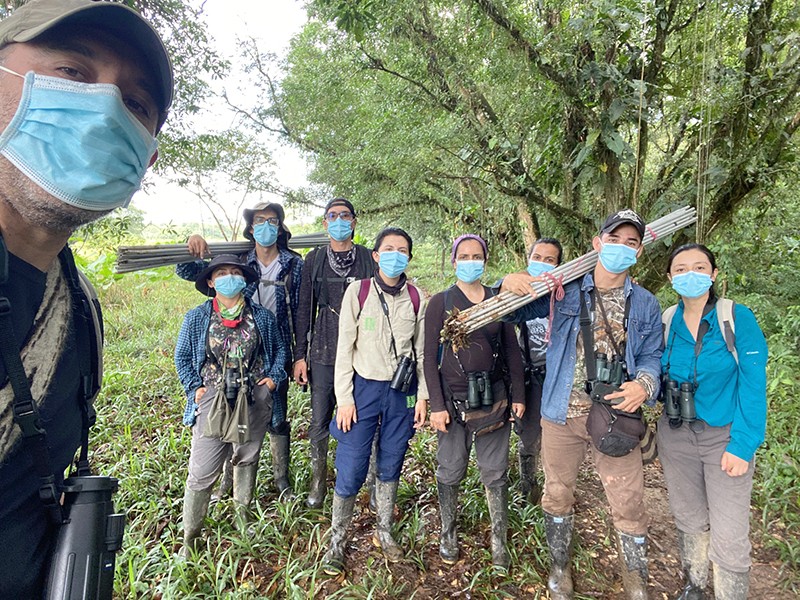
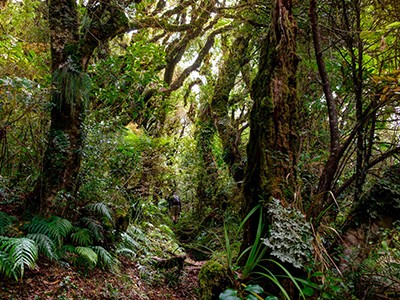
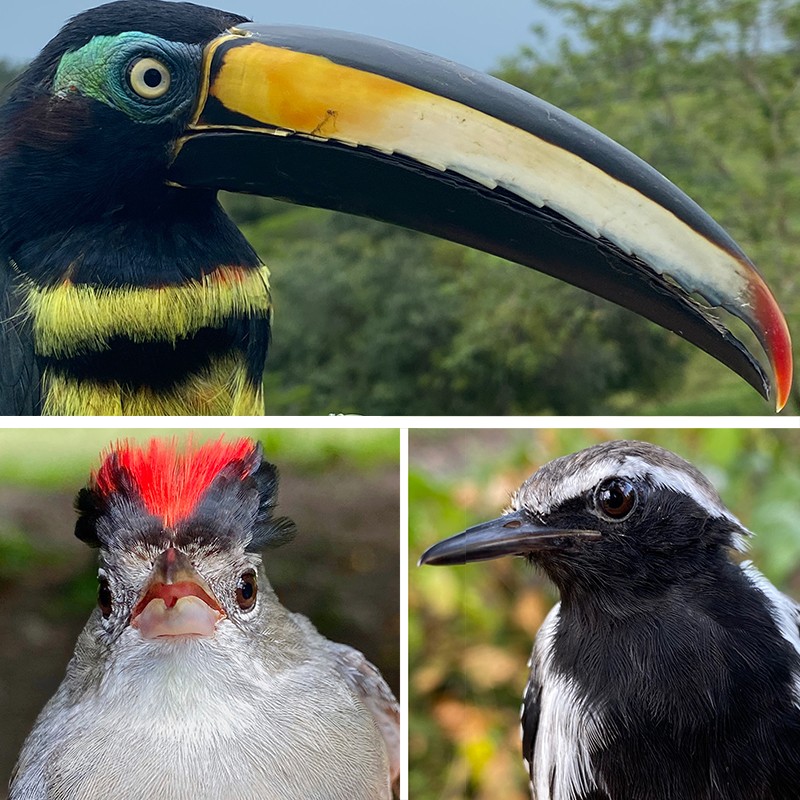

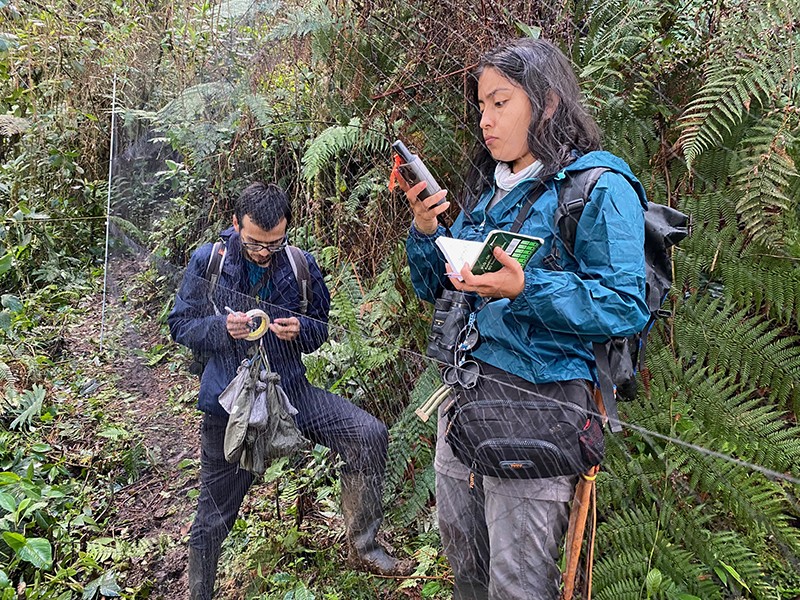

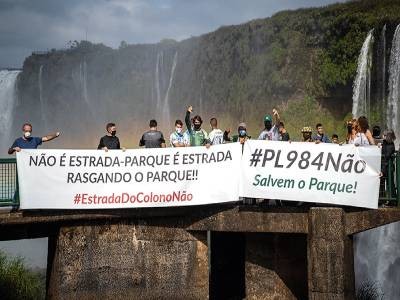
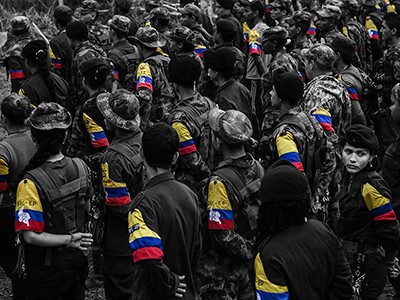














0 Response to "Landmark Colombian bird study repeated to right colonial-era wrongs - Nature.com"
Post a Comment